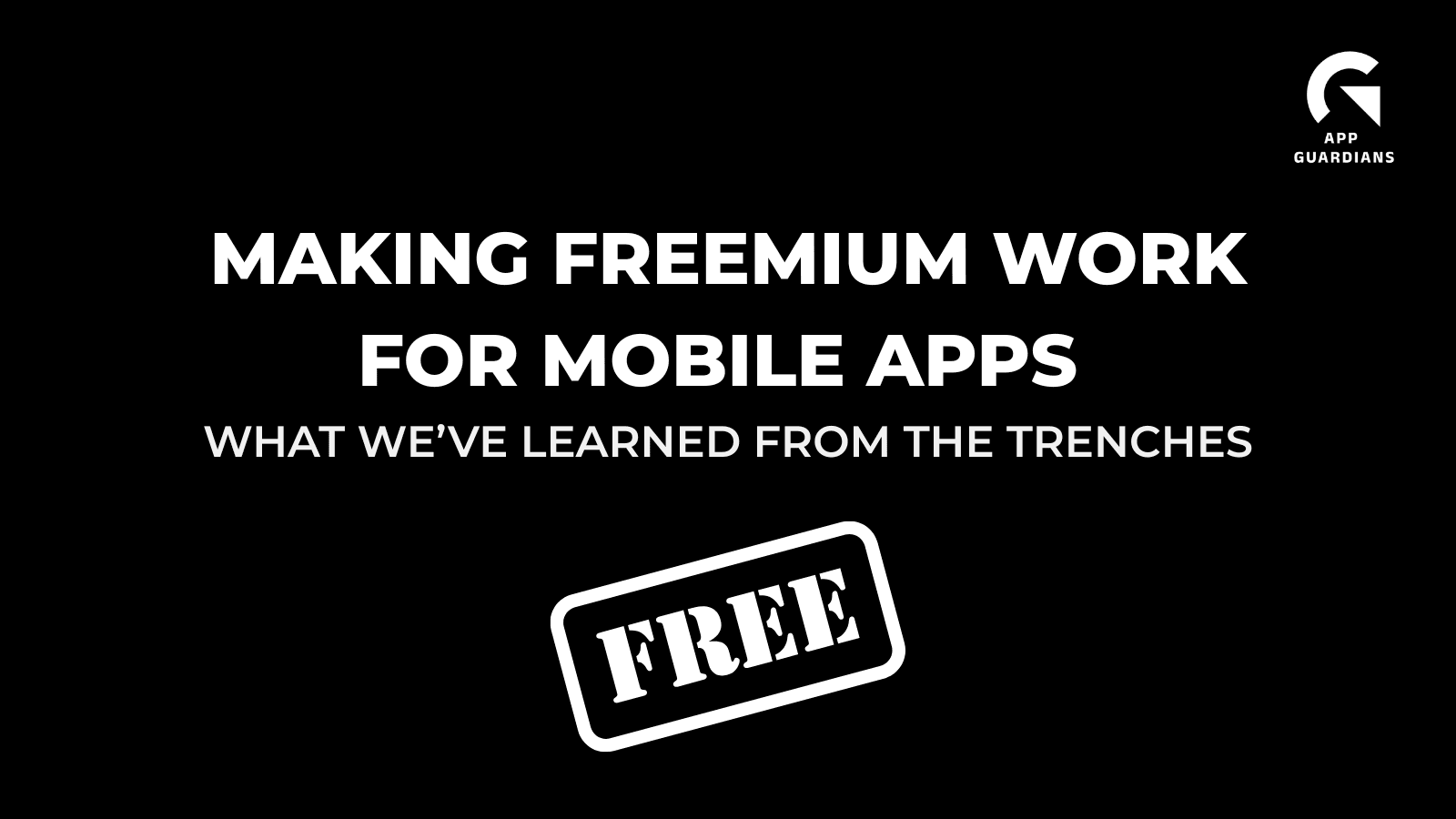5 Tips for Successful Gaming User Acquisition
Below you’ll find the main takeaways from our MGS Virtual Conference 2.0 panel: “Global Gaming User Acquisition and Automation in 2021”. The insights are drawn from our two expert UA panel guests: Nick Cullen, UA Manager at Game Hive and John Clark, Director of Growth at Global Worldwide. While many of these strategies apply to a majority of mobile apps, here we emphasize mobile games apps specifically.
By taking a close look at a User Acquisition manager’s every day for gaming apps, you discover valuable tips that will help any app in their user acquisition goals. Let’s take a look at 5 key tips here:
- Start Small
- Track Key KPIs During the Soft Launch
- Define Success the Same Way Across Geos
- Embrace Automation
- Look Beyond FB and Google to DSPs
5 Tips for Successful Gaming User Acquisition
1) Start Small

But for core strategy gaming apps – and most other longer-development apps – it’s important to optimize the product before releasing to top-tier markets like the U.S. This involves a technical soft launch in lower CPI countries – like the Philippines. This is the best way to check for bugs in the game and to make sure marketing tracking is all set up properly. If there are issues with the game, catching them in lower-tier markets will make error detection much less expensive!
Only then is it advised to move to a tier-one soft launch and use that for monetization and retention benchmarking. Seeing what monetization looks like in a similar English-speaking country – like Australia or the UK – will more accurately show how the app will perform in the U.S. You don’t want to spend a lot of money on user acquisition until you know that the product is ready.
2) Track Key KPIs During the Soft Launch
Your app’s soft launch is your opportunity to best optimize your app before going big. So having benchmarks in place and tracking KPIs is crucial. Here most highly recommended KPIs to track during this time are:
- Return on Ad Spend (ROAS)
- Cost per install (CPI)
- Retention
- Early-funnel Engagement
- Cost per tutorial complete
- Sessions per user
- Average session length
If you don’t have the performance of past games to use as a benchmark for ROAS, you can also use third-party market research tools – like App Annie – to see competitor comparisons.
3) Define Success the Same Way Across Geos

ROAS goals should stay the same across geos whether that’s a certain percentage on day seven or a certain percentage on day 30. Overall, expanding into different geos can be very valuable to a game’s survival, as certain geos can change a lot over time. A recent example is the U.S. and changes in CPM and CPI during the time of the presidential elections. Nothing stays constant.
4) Embrace Automation
There have also been a lot of changes in machine learning and its effects on algorithms, like that of Facebook. Just this year, Facebook released its automated ad campaigns similar to that of Google UAC. Easy setup and ad automation is the direction in which things are trending industry-wide.
5) Look Beyond FB and Google to DSPs

Experienced UA managers agree that there are a lot of ways to tackle paid user acquisition – outside of the biggest ad networks like Facebook and Google. Many find value in working directly with Demand Side Platforms (DSPs) – automated buying platforms – where you can access their CPMs. Most DSPs offer similar exchanges but their machine learning can vary a lot – which is why testing several is recommended. You’re likely to see different performances as well depending on the kinds of gaming apps that you’re running.
Keep in mind that DSPs require a lot of data to work well, so you must be willing to share internal data with them to get the best performance. If done correctly, DSPs with different buying models can pinpoint specific users much better and with greater results. Transparency – from both ends – is one of the most important elements to making your DSP partnership valuable. If you go this route, make sure that there’s an equal exchange of questions, answers, and brainstorming of solutions taking place and that both parties are keeping the conversation open.
Final Recommendations to UA Managers
Be transparent with all teams
This means working closely and staying open with your product team – have regular conversations about product updates, issues, and anything affecting the gaming apps’ performance. Then, on the other end, actively communicate with your UA partners about what’s going on the product side. Oftentimes, they can assist in terms of buying or strategy or perhaps even allocating credits to help you test. By being transparent with everyone you’re working with, you’ll get a better launch and a much better-sustained user acquisition strategy.
Combine UA and organic into one overarching strategy
With how competitive the mobile gaming apps ecosystem is, UA is a lot more necessary in terms of driving organics. Unlike a decade ago, publishing a game on the app store won’t naturally lead to a bunch of downloads, so keep both approaches in mind when developing your strategy.
Consider successful User Acquisition as more than paid UA
This means proactive pursuits like meeting with partners, setting up conversations with other companies that might be going through some similar issues, networking and talking to industry peers, and staying on top of trends for gaming apps – plus overall market trends – through reports and published updates.
Related Articles
In today’s app economy, the “hard paywall or bounce” model is losing its edge. Users are savvier, competition [...]
Two major updates from Apple have landed — and if you work in app marketing, growth, user acquisition, [...]
The Digital Markets Act and the Digital Services Act are two major pieces of legislature brought forth from [...]










